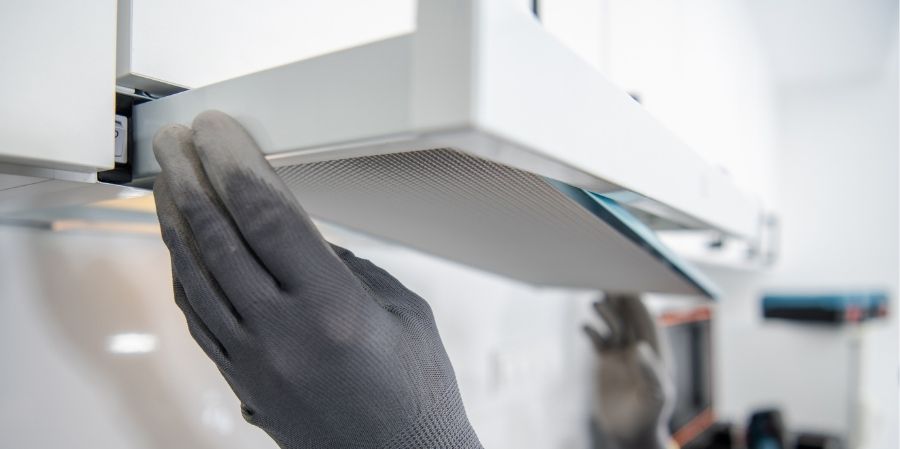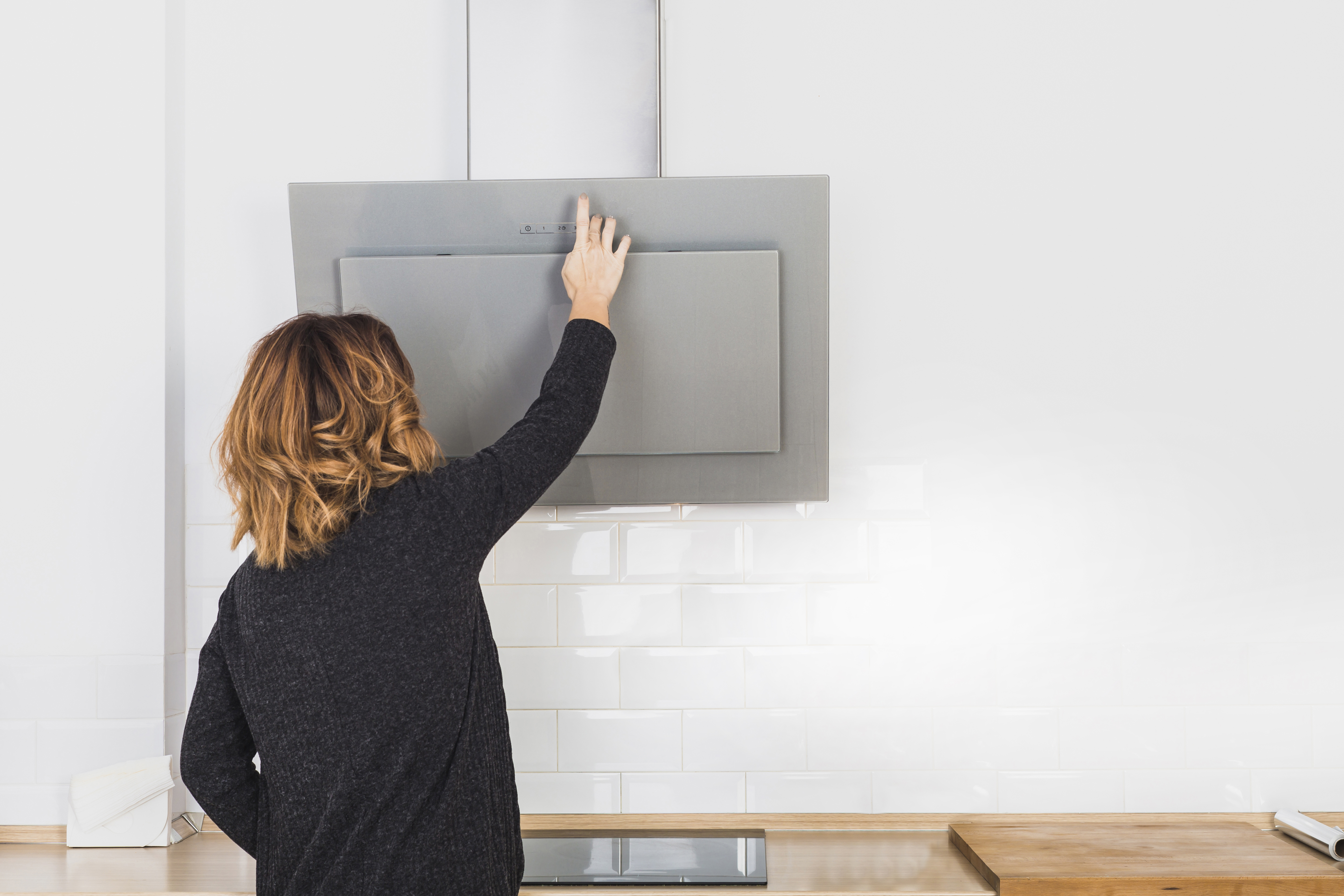- - Updated at
- Tiziano B.
- Diagnostics
- 9711 views
Vibrations in the kitchen hood can be annoying and may indicate underlying issues that require attention. This phenomenon can compromise the efficiency of the hood itself and reduce the comfort in your kitchen.
In the following article, we will explore common causes of vibrations, offer practical solutions to resolve these issues, and ensure the proper functioning of your hood.
Sometimes, the remedies are simpler than you might think, and what may seem like a major problem is actually caused by minor issues that can be resolved in just a few simple steps.
Preliminary Questions to Identify the Cause of Vibration in the Kitchen Hood
Identifying the cause of vibrations in the kitchen hood is essential for resolving the issue. A properly installed hood should not vibrate, and if it does immediately after installation, the cause might be due to an oversight during the installation itself.
→ It's important to distinguish between vibration and noise: while noise can result from various causes, vibration is usually related to moving mechanical components or misaligned parts.
Here are some key questions to consider if you notice vibrations in your hood:
Where is the vibration coming from?
Identifying the source of the vibration is the first step in solving the problem. This may require disassembling the hood for a closer inspection. However, if you don’t feel confident, it’s best to contact a professional to avoid damage.When did the vibration start?
Is it a recent issue or a persistent one? If the vibration is a new occurrence, it may indicate a recent malfunction or a change in the operating conditions of the hood. If it has been present for a while, it could be a defect that has worsened over time.Was the hood installed correctly? Were there any issues during installation?
Incorrect installation can cause loosened or misaligned components, leading to vibrations. Check if the hood is securely mounted to the wall, ceiling, or cabinet and if all screws are tightened properly.Is the vibration constant?
A constant vibration could indicate a mechanical problem with the motor.What is the intensity of the vibration?
- Is it a slight vibration or an intense tremor?
Light vibrations can be caused by minor imperfections or misalignments, whereas stronger vibrations might suggest a more serious issue, such as an unbalanced fan or a damaged component. - Does the vibration occur at all speeds?
If the vibration happens only at specific speeds, it could be a sign that the motor or fan blades are unbalanced; if it occurs only at higher speeds, it might be due to an undersized exhaust duct.
- Is it a slight vibration or an intense tremor?
Is the filter clean and in good condition?
A dirty or clogged filter can cause vibrations, as it interferes with proper airflow and can place excessive strain on the motor. Regularly cleaning or replacing the filters can prevent this problem.
By analyzing these factors, you can begin to identify the cause of the vibrations and determine the best solution to restore your hood to stable operation.

Common Causes of Kitchen Hood Vibration and Remedies
As we discussed in the previous section, vibration in the kitchen hood can indicate various technical issues. Often, these problems can be easily resolved by following some simple precautions.
Here are some of the most common issues and how to fix them:
Dirty Filters
Cause
Dirty or clogged filters can cause vibrations due to compromised airflow, often resulting from inadequate maintenance or irregular cleaning.
Remedy
Remove the filters and clean them, or replace them if they are too clogged. Be sure to clean the filters regularly to maintain optimal airflow and prevent vibrations.
Unbalanced Fans
Cause
An unbalanced fan can generate significant vibrations during operation.
Remedy
If one or more blades are missing, or if the fan is excessively dirty, it may be necessary to clean it thoroughly or replace it if damaged.
These solutions can help reduce or eliminate vibrations, improving the functionality and comfort of your kitchen hood.

Preventing Future Vibrations and Maintenance
Preventive maintenance is essential to avoid vibrations and prevent further problems with the kitchen hood. Regularly checking screws, components, and fan balance can help prevent future malfunctions or disturbances.
In addition to inspecting the hood’s components, it's important to perform regular maintenance on the hood and filters. Keeping grease and charcoal filters clean (or replacing them if they are not washable) is crucial for maintaining a healthy kitchen environment and ensuring the safe use of your hood.
Maintenance should be adjusted based on the type of filters present in the hood:
- In extractor hoods, you’ll find grease filters that can be washed by hand or in the dishwasher, approximately every 2-3 months.
- In recirculating hoods, there are not only grease filters but also two different types of charcoal filters:
- Standard Charcoal Filters: These are the most traditional, with a lifespan of around 6 months. They cannot be washed and must be replaced once saturated.
- Long-Life Charcoal Filters: These filters last longer than the standard ones. They don’t need to be discarded after each use but can be regenerated (for up to about 3 years). Filter regeneration should be done periodically, approximately every 3 months.
For replacing your worn filters or sourcing new spare parts, even for older models, you can rely on Filtro Cappa. I can help you find the right replacement through our assistance service: specialized support that can solve your problems remotely.
You can reach me via WhatsApp or contact me by email, and I will get back to you as soon as possible.


